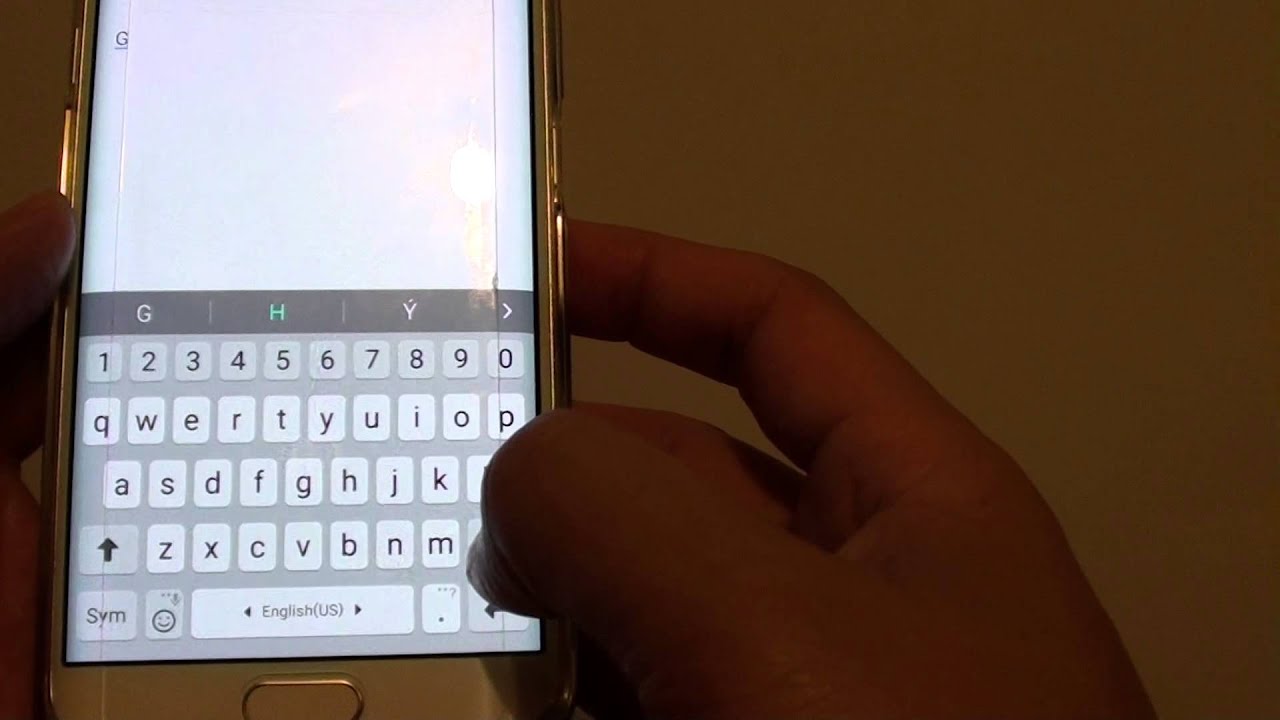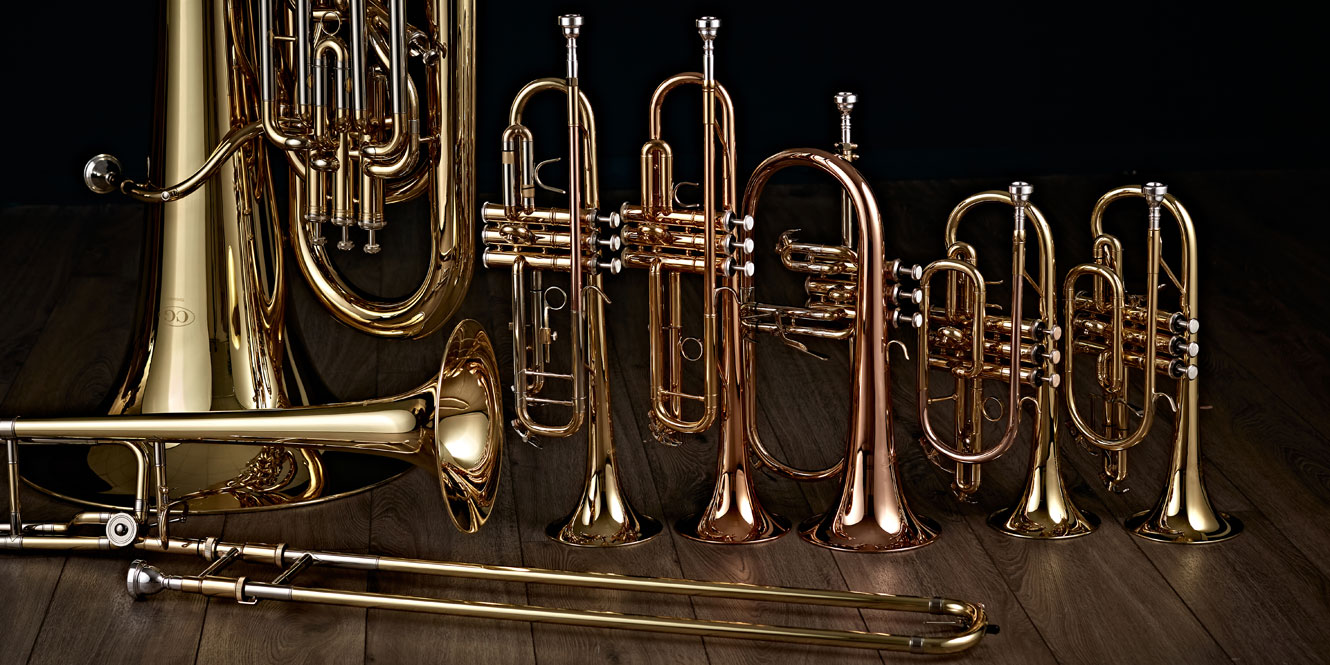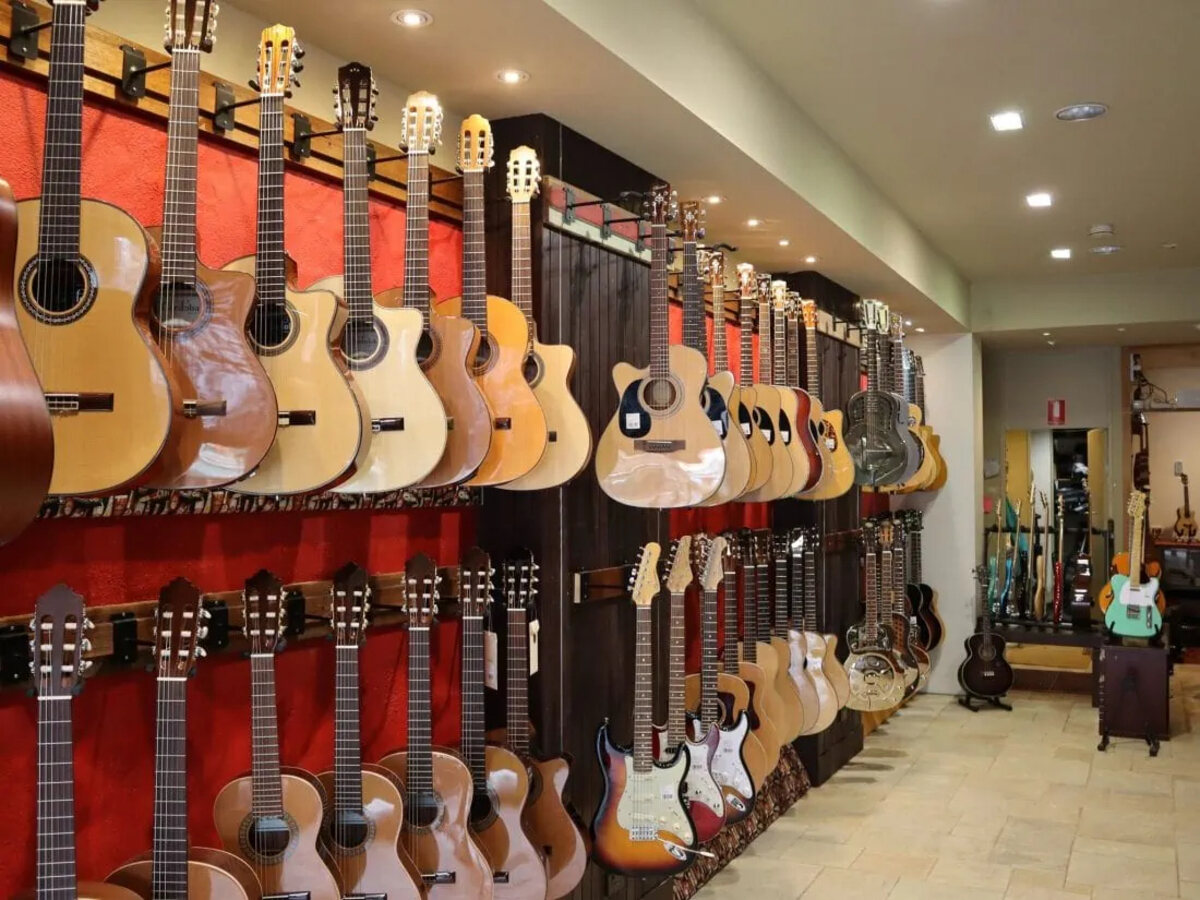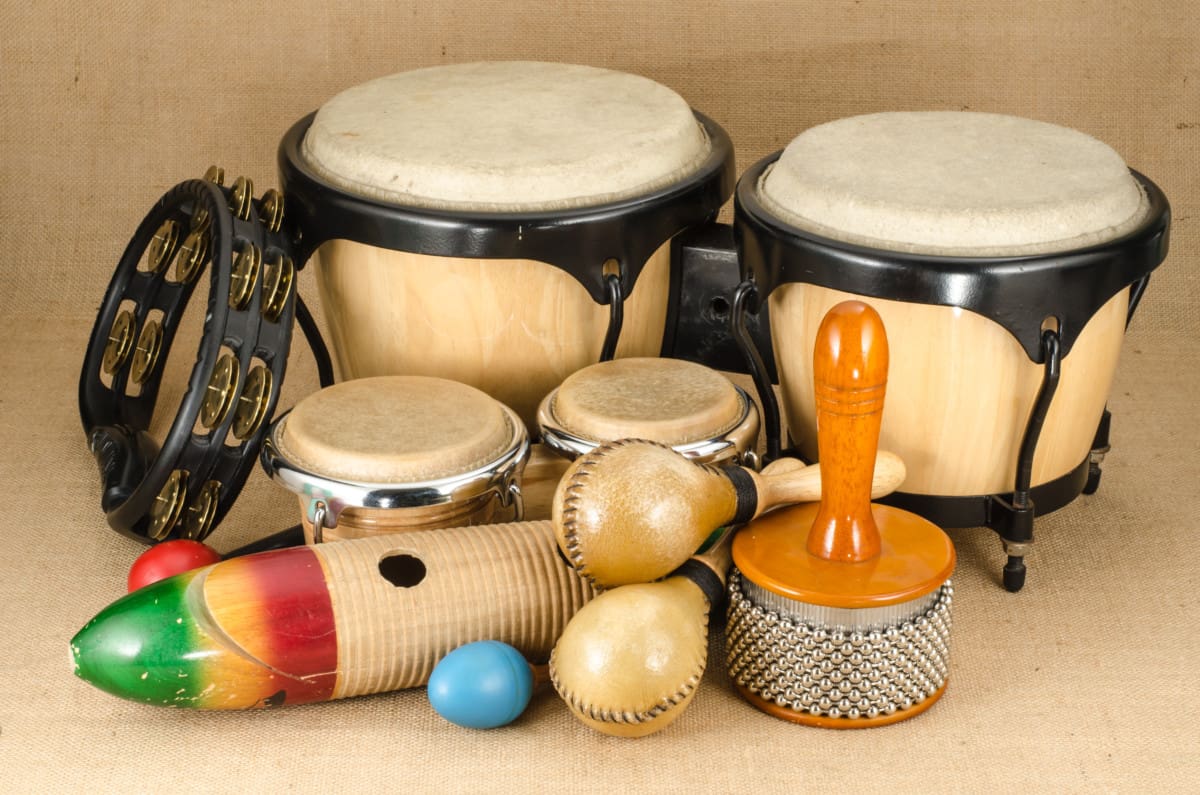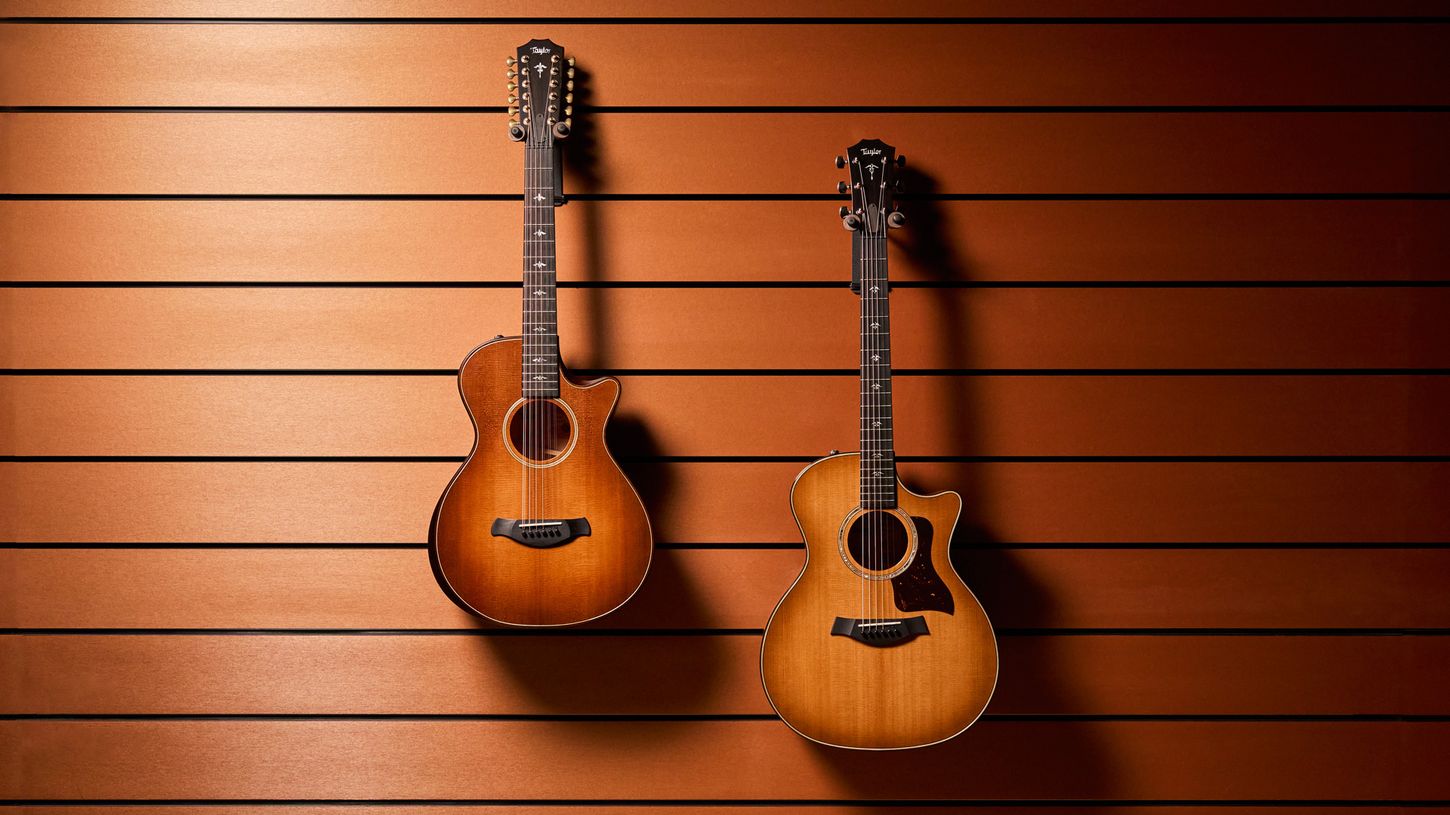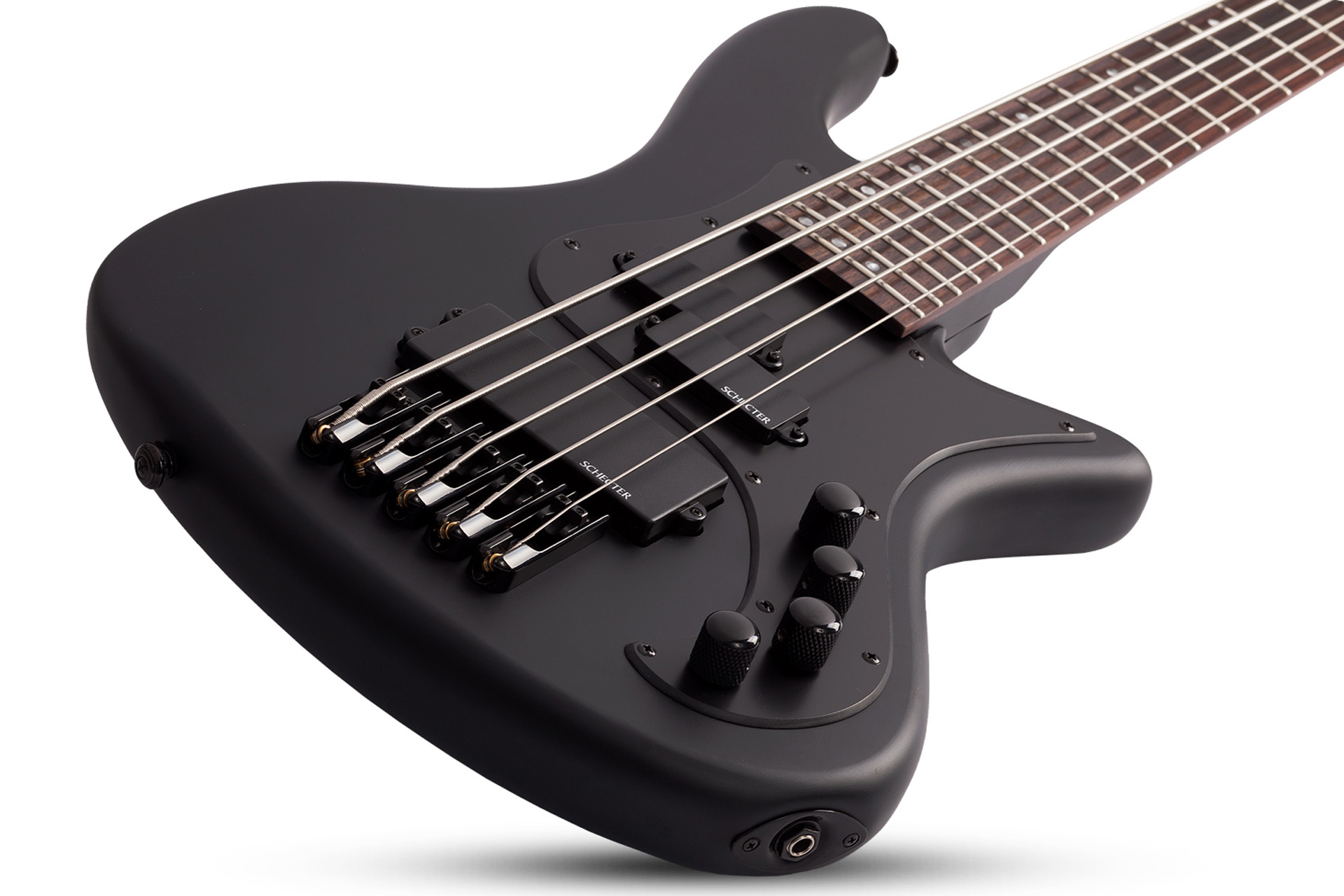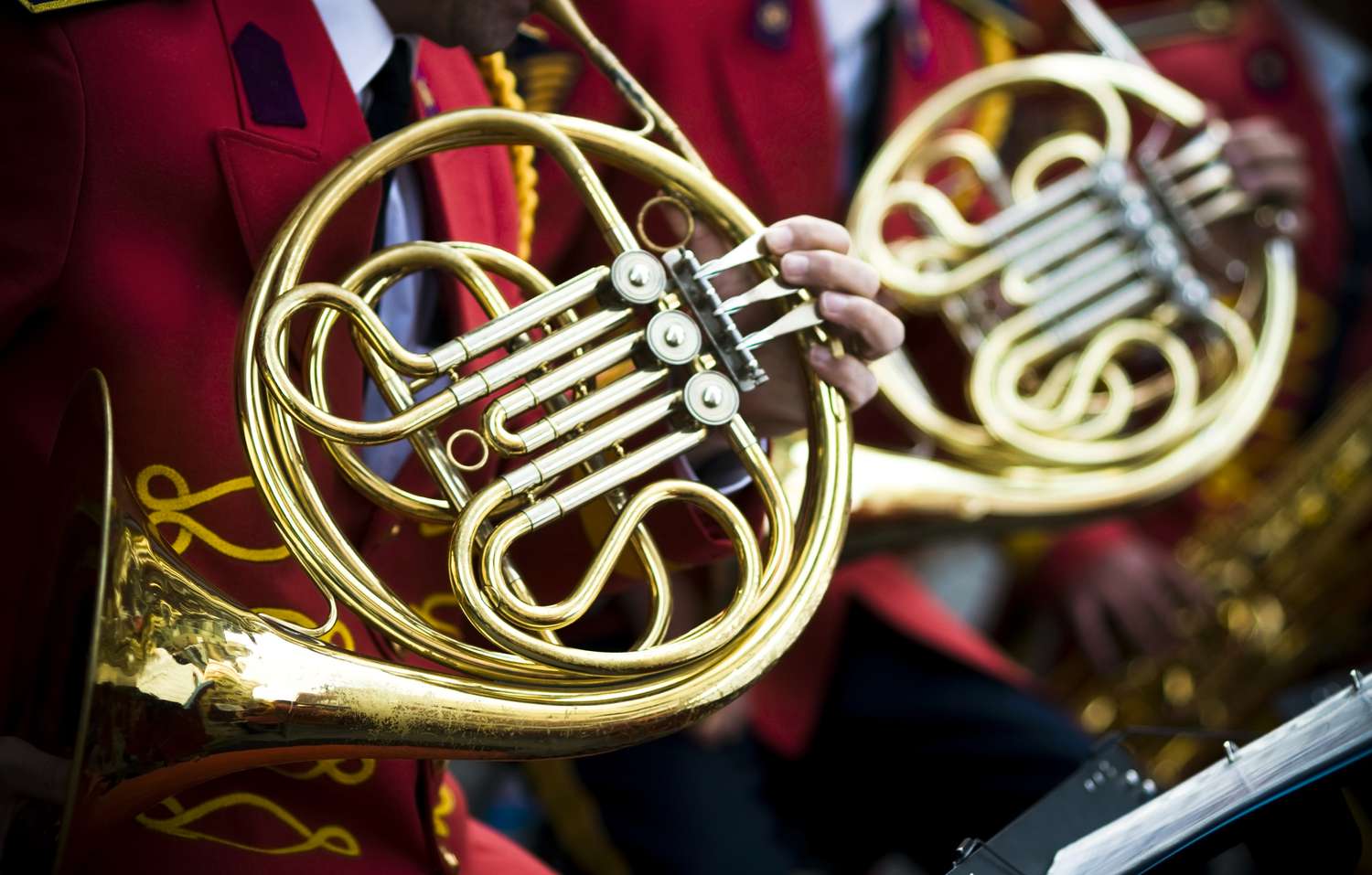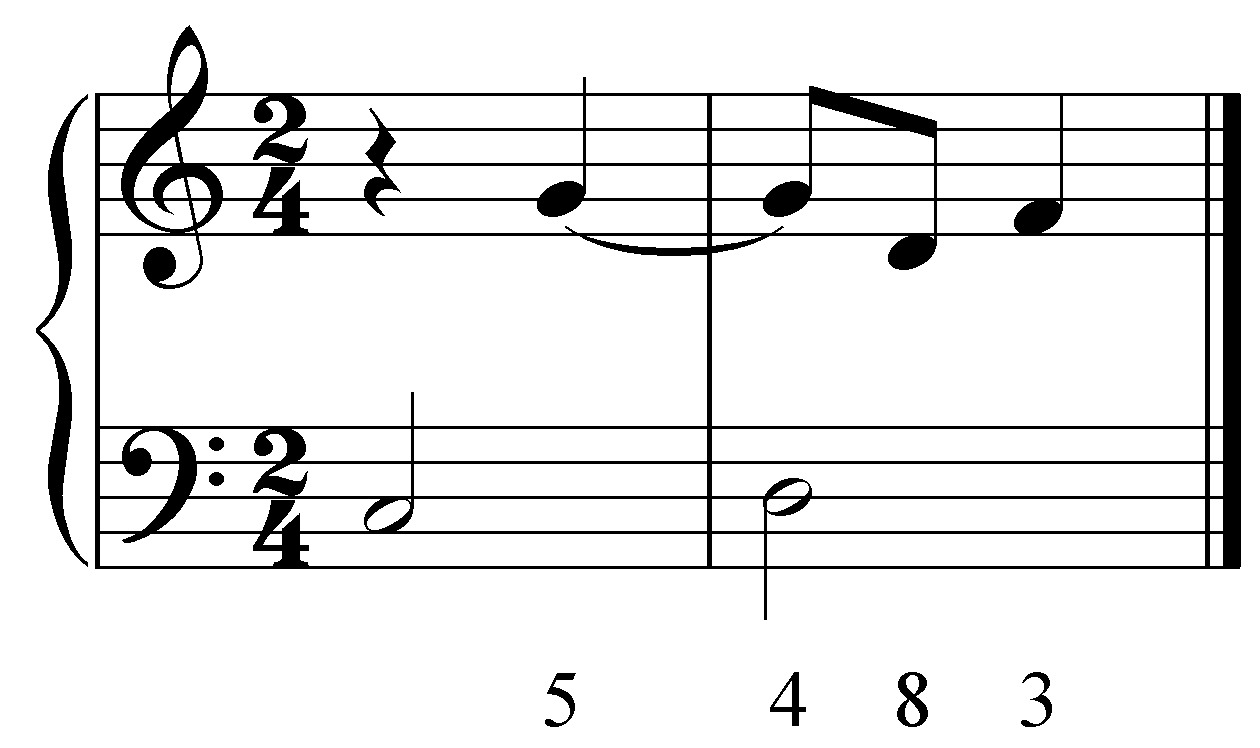Home>Instruments>Drums>How Many Types Of African Drums Are There
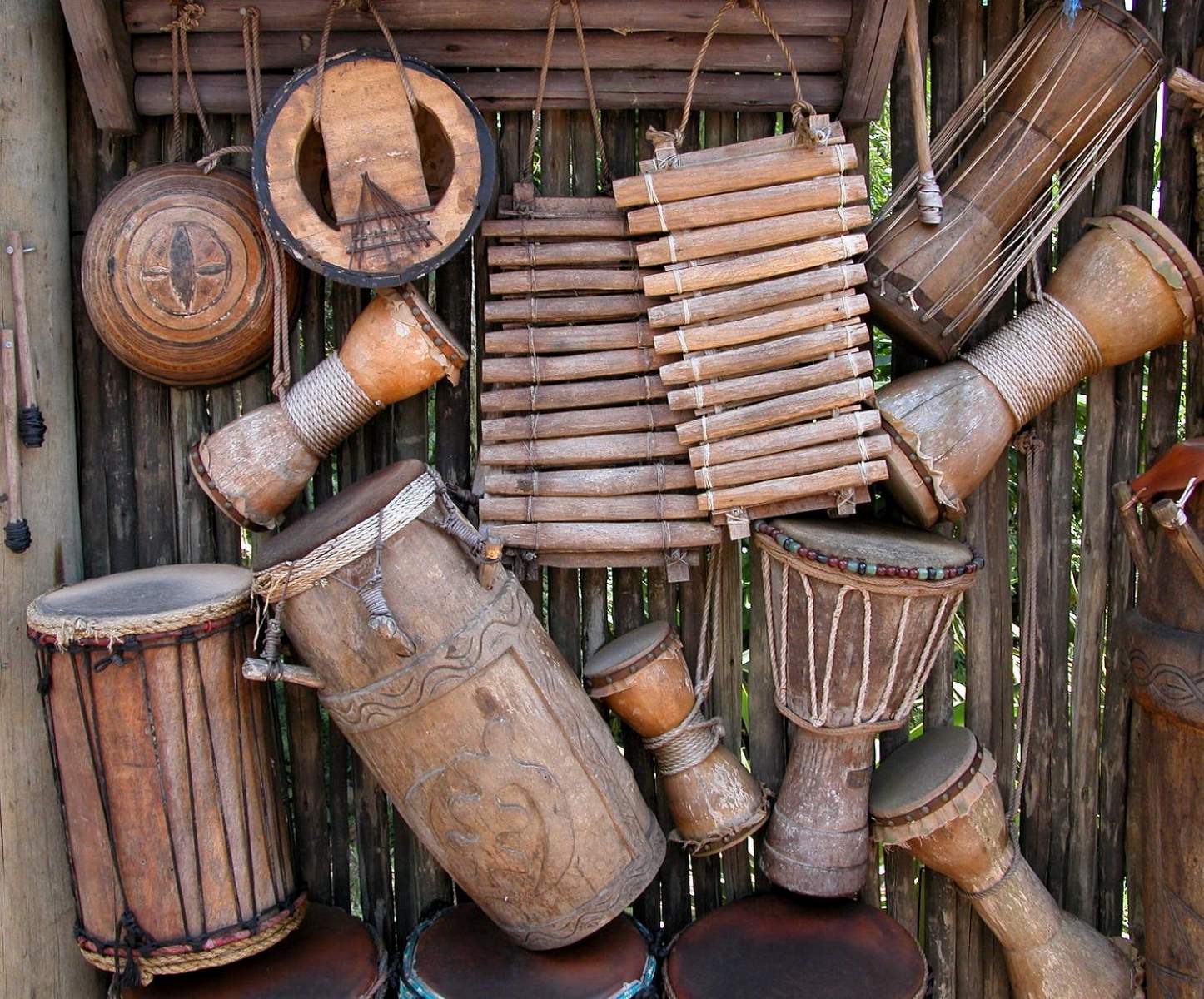

Drums
How Many Types Of African Drums Are There
Published: February 7, 2024
Discover the diverse world of African drums, including djembe, talking drums, and more. Learn about the different types and their unique cultural significance. Unlock the rhythms of Africa with our comprehensive guide.
(Many of the links in this article redirect to a specific reviewed product. Your purchase of these products through affiliate links helps to generate commission for AudioLover.com, at no extra cost. Learn more)
Introduction
Drums have been an integral part of African culture for centuries, serving as a means of communication, cultural expression, and rhythmic accompaniment to various ceremonies and events. The diversity of African drums is a testament to the rich tapestry of traditions and customs across the continent. Each type of drum possesses a unique history, sound, and significance within its respective cultural context, contributing to the vibrant and dynamic musical heritage of Africa.
Exploring the various types of African drums not only unveils the technical and aesthetic differences but also provides insight into the cultural, social, and spiritual dimensions of these instruments. From the iconic djembe to the melodious talking drum and the powerful sabar, each drum carries a story that resonates with the heartbeat of Africa.
In this article, we will embark on a rhythmic journey through the diverse landscape of African drums, delving into the history, construction, and cultural significance of each type. By immersing ourselves in the captivating world of African percussion, we can gain a deeper appreciation for the artistry and heritage encapsulated within these remarkable instruments.
Djembe
The djembe, originating from West Africa, is one of the most iconic and widely recognized African drums. Its goblet-shaped body, carved from a single piece of hardwood and topped with a goatskin drumhead, produces a rich, resonant sound that carries across vast distances. Traditionally played by skilled artisans known as djembefola, the djembe holds a revered position in various African cultures, serving as the heartbeat of communal gatherings, rituals, and celebrations.
The djembe’s versatility allows it to produce a wide range of tones, from deep bass notes to crisp, high-pitched slaps, making it suitable for both accompanying other instruments and taking center stage in solo performances. The rhythmic patterns and techniques associated with the djembe are deeply rooted in oral traditions, with each rhythm carrying its own cultural significance and historical narrative.
Furthermore, the djembe has transcended its cultural origins to become a globally cherished instrument, embraced by musicians and enthusiasts across the world. Its infectious rhythms and expressive capabilities have made it a staple in various genres of music, from traditional African folk music to contemporary fusion styles.
As we delve into the world of the djembe, we will uncover the intricacies of its construction, the cultural significance of its rhythms, and the enduring impact it has made on the global musical landscape.
Talking Drum
The talking drum, known for its unique ability to mimic the intonation and cadence of human speech, holds a special place in the musical traditions of West Africa. Shaped like an hourglass, this drum is tensioned by two ropes that run along its body, allowing the player to modulate the pitch by squeezing the ropes under their arm while striking the drum’s head with a curved stick. This distinctive feature enables the talking drum to convey complex messages and communicate across long distances, earning it the moniker “the drum that speaks.”
Beyond its remarkable vocal-like qualities, the talking drum plays a pivotal role in various cultural ceremonies, storytelling, and social gatherings. Its rhythmic patterns and tonal variations are deeply intertwined with oral traditions, folklore, and historical narratives, serving as a conduit for the transmission of ancestral wisdom and communal knowledge.
Moreover, the talking drum’s significance extends beyond its musical prowess, as it is often employed to convey messages, announce important events, and even emulate the tonal patterns of different languages. Its ability to evoke emotions, narrate tales, and engage in musical dialogues underscores its status as a revered instrument within the cultural tapestry of West Africa.
By delving into the world of the talking drum, we can unravel the intricate artistry behind its construction, the symbolic significance of its rhythms, and the enduring legacy it has carved as a cultural emblem and musical marvel.
Bougarabou
The bougarabou, hailing from the forests of West Africa, is a drum deeply rooted in the cultural traditions of the region. Crafted from a single piece of hollowed wood and topped with a goatskin drumhead, the bougarabou exudes a deep, resonant sound that reverberates through the dense foliage of its native habitat. Its elongated, cylindrical shape sets it apart from other African drums, and its melodic tones and intricate rhythms make it a captivating presence in traditional ceremonies and communal gatherings.
Traditionally played in ensembles, the bougarabou forms the rhythmic backbone of musical performances, contributing layers of polyrhythms and syncopated patterns that animate the musical landscape. Its versatile tonal range allows it to seamlessly blend with other instruments, creating a mesmerizing tapestry of sound that encapsulates the spirit of communal expression and cultural celebration.
Furthermore, the bougarabou’s significance extends beyond its musical prowess, as it often serves as a means of storytelling, historical narration, and spiritual invocation within the cultural traditions of West Africa. Its rhythms are deeply intertwined with the oral traditions and folklore of the region, carrying the echoes of ancestral wisdom and communal heritage.
Exploring the world of the bougarabou unveils the craftsmanship behind its construction, the cultural significance of its rhythms, and the enduring impact it has made as a musical symbol of unity and expression within the vibrant tapestry of West African traditions.
Ashiko
The Ashiko, originating from West Africa, is a powerful and versatile drum with a distinct tapered shape and a goatskin drumhead secured by a ring of rope or leather. Its resonant tones and commanding presence have cemented its status as a prominent instrument in the musical traditions of the Yoruba people and beyond. The Ashiko’s deep, thunderous sound resonates with a primal energy, making it a compelling force in ceremonial rituals, communal gatherings, and expressive performances.
Traditionally crafted from a single piece of hardwood, the Ashiko embodies the artistry and craftsmanship of skilled artisans who meticulously carve and shape the drum to harness its full sonic potential. Its rhythmic patterns and expressive capabilities are deeply intertwined with the cultural and spiritual practices of the communities where it holds significance, serving as a conduit for ancestral connections and communal expression.
Furthermore, the Ashiko’s rhythmic motifs and tonal variations are emblematic of the oral traditions and folklore of West Africa, carrying the echoes of historical narratives, spiritual invocations, and communal celebrations. Its ability to evoke a range of emotions and convey profound messages underscores its significance as a cultural emblem and a rhythmic storyteller.
By delving into the world of the Ashiko, we can uncover the craftsmanship behind its construction, the cultural significance of its rhythms, and the enduring legacy it has carved as a symbol of cultural identity and rhythmic vitality within the vibrant tapestry of West African musical traditions.
Sabar
The Sabar, a traditional drum of the Wolof people in Senegal, holds a revered position within the vibrant musical traditions of West Africa. Characterized by its cylindrical shape and goatskin drumheads secured by intricate rope tuning systems, the Sabar emits a diverse array of tones, from deep bass reverberations to crisp, high-pitched accents. Its dynamic range and expressive capabilities make it a central figure in Senegalese music and cultural festivities.
Played with a combination of hand and stick techniques, the Sabar is often part of ensembles, where it forms the rhythmic foundation of energetic performances, communal celebrations, and storytelling rituals. Its rhythmic patterns and tonal variations are deeply intertwined with the oral traditions, folklore, and historical narratives of the Wolof people, serving as a vessel for the transmission of ancestral wisdom and communal heritage.
Moreover, the Sabar’s significance extends beyond its musical prowess, as it plays a vital role in social and ceremonial contexts, including weddings, religious ceremonies, and traditional festivals. Its rhythms are not only a source of joyous celebration but also convey messages, emotions, and historical narratives, enriching the cultural tapestry of Senegal.
Exploring the world of the Sabar allows us to appreciate the intricate artistry behind its construction, the cultural significance of its rhythms, and the enduring impact it has made as a symbol of cultural identity and rhythmic vitality within the dynamic and diverse musical traditions of West Africa.
Ngoma
The Ngoma, a drum deeply ingrained in the cultural fabric of East Africa, holds a significant place in the musical traditions of various communities across the region. Crafted from a hollowed wooden trunk and topped with a stretched animal skin, the Ngoma emits a resonant, earthy sound that resonates with the rhythms of life and tradition. Its presence is integral to communal gatherings, ceremonial rituals, and expressive performances, where it serves as a rhythmic anchor and a conduit for cultural expression.
Traditionally played in ensembles, the Ngoma forms the rhythmic heartbeat of traditional music and dance, providing a pulsating foundation for celebratory events, storytelling, and spiritual invocations. Its rhythmic patterns and tonal variations are deeply intertwined with the oral traditions, folklore, and historical narratives of the diverse communities where it holds significance, carrying the echoes of ancestral wisdom and communal heritage.
Furthermore, the Ngoma’s rhythms and melodies are emblematic of the diverse cultural tapestry of East Africa, reflecting the unique traditions and customs of the communities that embrace this revered instrument. Its ability to evoke a sense of unity, celebrate life’s milestones, and convey profound emotions underscores its significance as a cultural emblem and a rhythmic storyteller.
By delving into the world of the Ngoma, we can unravel the craftsmanship behind its construction, the cultural significance of its rhythms, and the enduring legacy it has carved as a symbol of cultural identity and rhythmic vitality within the dynamic and diverse musical traditions of East Africa.
Kpanlogo
The Kpanlogo drum, originating from the Ga people of Ghana, embodies the vibrant and celebratory spirit of West African music and cultural expression. Crafted from a single piece of carved wood and topped with a goatskin drumhead, the Kpanlogo exudes a lively and resonant sound that animates the traditional rhythms and dances of the Ga people. Its presence is integral to communal gatherings, social festivities, and expressive performances, where it serves as a rhythmic catalyst for joyous celebration and cultural expression.
Traditionally played in ensembles, the Kpanlogo forms the rhythmic core of traditional music and dance, providing an invigorating backdrop for communal gatherings, storytelling, and spirited performances. Its rhythmic patterns and tonal variations are deeply intertwined with the oral traditions, folklore, and historical narratives of the Ga people, carrying the echoes of ancestral wisdom and communal heritage.
Furthermore, the Kpanlogo’s rhythms and melodies are emblematic of the vibrant cultural tapestry of Ghana, reflecting the unique traditions and customs of the Ga community. Its ability to evoke a sense of unity, celebrate life’s milestones, and convey profound emotions underscores its significance as a cultural emblem and a rhythmic storyteller within the dynamic and diverse musical traditions of West Africa.
Exploring the world of the Kpanlogo allows us to appreciate the craftsmanship behind its construction, the cultural significance of its rhythms, and the enduring legacy it has carved as a symbol of cultural identity and rhythmic vitality within the vibrant tapestry of West African traditions.
Dondo
The Dondo drum, originating from the Akan people of Ghana, holds a revered position within the cultural and musical traditions of the region. Crafted from a single piece of carved wood and topped with a goatskin drumhead, the Dondo emanates a deep, resonant sound that carries the rhythmic heartbeat of Akan traditions. Its presence is integral to communal gatherings, ceremonial rituals, and expressive performances, where it serves as a rhythmic conduit for cultural expression and spiritual invocation.
Traditionally played in ensembles, the Dondo forms the rhythmic foundation of traditional music and dance, providing a powerful and evocative backdrop for storytelling, communal celebrations, and spiritual connections. Its rhythmic patterns and tonal variations are deeply intertwined with the oral traditions, folklore, and historical narratives of the Akan people, carrying the echoes of ancestral wisdom and communal heritage.
Furthermore, the Dondo’s rhythms and melodies are emblematic of the diverse cultural tapestry of Ghana, reflecting the unique traditions and customs of the Akan community. Its ability to evoke a sense of unity, celebrate life’s milestones, and convey profound emotions underscores its significance as a cultural emblem and a rhythmic storyteller within the dynamic and diverse musical traditions of West Africa.
Exploring the world of the Dondo allows us to appreciate the craftsmanship behind its construction, the cultural significance of its rhythms, and the enduring legacy it has carved as a symbol of cultural identity and rhythmic vitality within the vibrant tapestry of West African traditions.
Conclusion
Exploring the diverse landscape of African drums reveals a rich tapestry of cultural heritage, craftsmanship, and rhythmic expression that has shaped the musical traditions of the continent. From the iconic djembe to the vocal-like nuances of the talking drum, the melodic allure of the bougarabou, and the primal energy of the Ashiko, each drum encapsulates the spirit of communal celebration, storytelling, and cultural identity.
These drums are not merely instruments; they are vessels of cultural expression, carrying the echoes of ancestral wisdom, historical narratives, and communal heritage. The rhythms and melodies they produce serve as a rhythmic dialogue, conveying emotions, celebrating life’s milestones, and preserving the diverse traditions of the African continent.
Moreover, the enduring impact of African drums extends beyond their cultural origins, resonating with global audiences and enriching musical genres across the world. Their infectious rhythms, expressive capabilities, and profound cultural significance have made them cherished instruments in the global musical landscape.
By delving into the world of African drums, we gain a deeper appreciation for the artistry, craftsmanship, and cultural significance that define these remarkable instruments. They stand as testament to the enduring spirit of creativity, unity, and rhythmic vitality that continues to resonate through the captivating beats and melodies that echo across the diverse and dynamic traditions of Africa.



